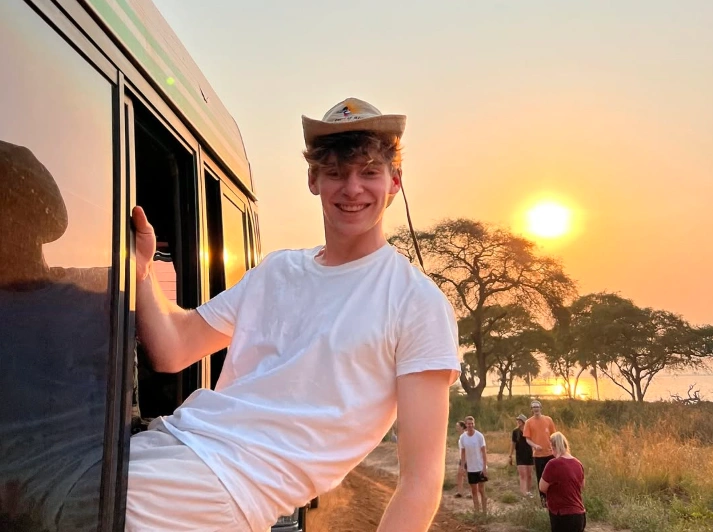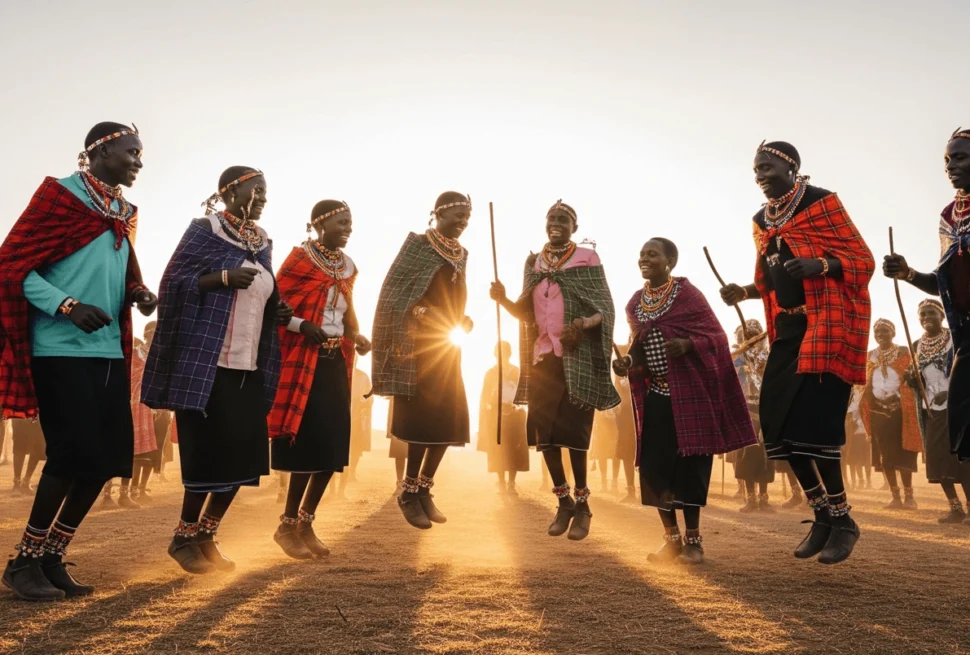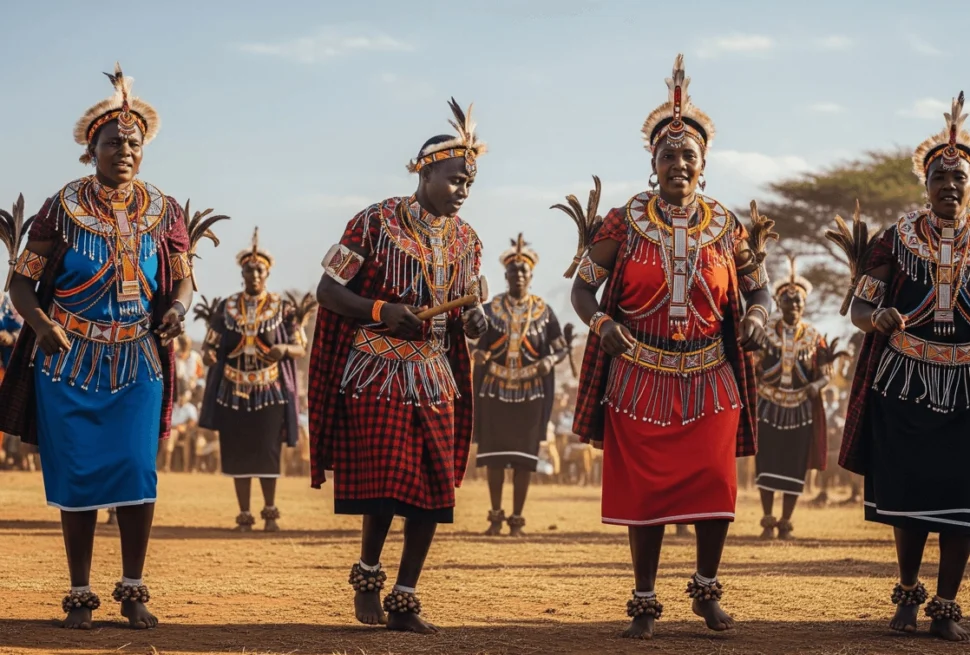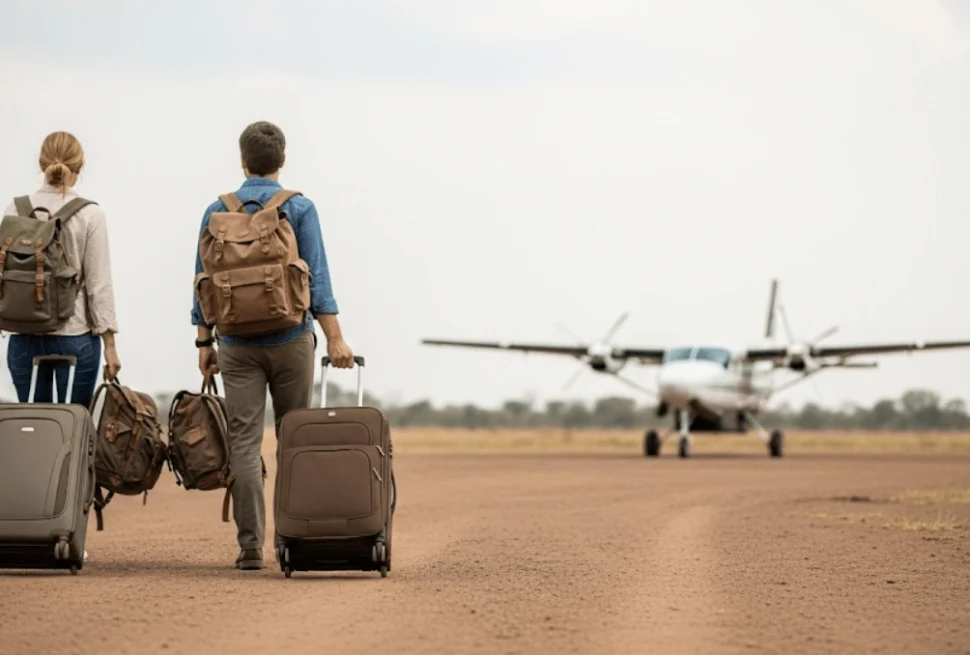There’s a quiet, persistent fantasy many travelers share—standing beneath a wide African sky, watching elephants move like ancient ships across the savannah. But the moment you begin planning, the myth collides with a maze of choices. Where do you even start?
Africa isn’t one safari. It’s a continent of wildly different ecosystems, costs, and experiences. And what’s “best” for you might not be where the big names push you to go.
This guide is about cutting through the noise and helping first-time safari travelers find a trip that actually fits—not just the glossy ideal, but the real, on-the-ground experience.
Key Takeaways
- East Africa (Uganda, Kenya, Tanzania) offers beginner-friendly safaris with excellent infrastructure, diverse wildlife, and year-round access.
- Uganda is a surprisingly good choice for first-timers seeking a more intimate, less crowded safari—especially for those curious about gorilla trekking.
- Southern Africa (South Africa, Botswana, Namibia) is great for self-drives and luxury lodges but often has more fenced parks and structured game viewing.
- The best safari for you depends on your comfort with remoteness, your budget, and whether you prefer classic game drives or something more immersive.
- Safety concerns are often exaggerated—understanding the real risks (and how to manage them) matters more than blanket country labels.
What Makes a Safari Good for Beginners?
Let’s start by breaking the tourist fantasy: not every safari is a good introduction to Africa.
Some national parks are vast, dry, and offer long drives between sightings. Some are crowded to the point of feeling like a zoo convoy. Others are spectacular but logistically complex, with internal flights and language barriers that can frustrate the unprepared.
A good beginner safari is one that:
- Has relatively easy wildlife viewing (short drives, abundant animals)
- Offers comfortable, safe accommodation
- Provides clear logistics, reliable transport, and skilled local guides
- Gives you the chance to feel immersed—not rushed
Many first-timers default to the Masai Mara or Serengeti because they’re famous. These are incredible, no question—but they’re also busy, especially during the Great Migration. You can have safari trucks queuing at a lion sighting, engines humming while everyone jostles for photos.
What often gets overlooked? The quieter parks.
Uganda Deserves a Look
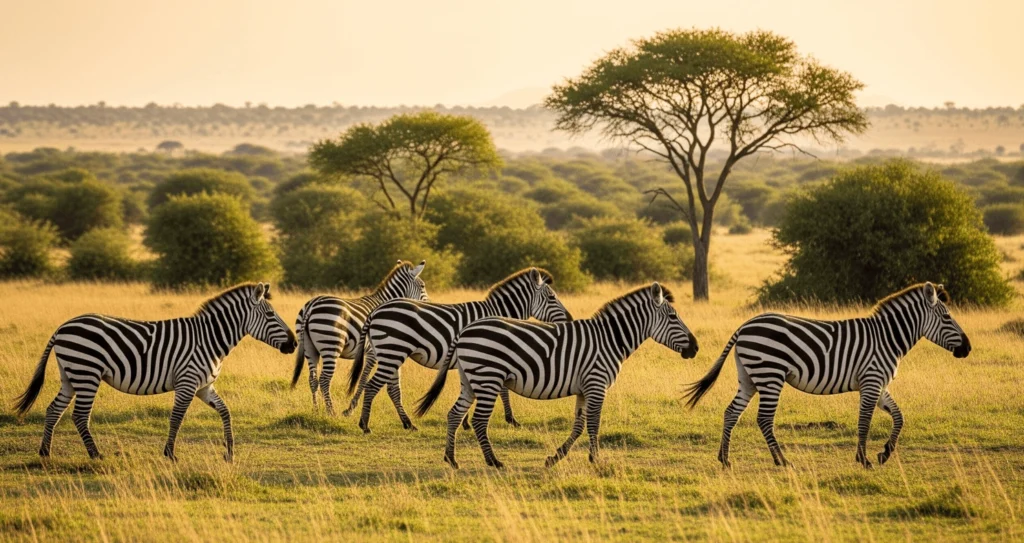
Uganda isn’t usually the first safari country people mention. That’s a mistake.
For beginners, Uganda offers something rare: variety without overwhelm.
You can see tree-climbing lions in Queen Elizabeth National Park, track rhinos at the Ziwa Rhino Sanctuary, glide past hippos on boat cruises in Murchison Falls, and—if you’re ready—trek mountain gorillas in Bwindi or Mgahinga.
It’s not just about ticking off the Big Five. Uganda’s beauty lies in its mix of wildlife, landscape, and cultural depth. You can track chimps, kayak on crater lakes, visit indigenous communities, and avoid the feeling that you’re on a conveyor belt safari.
Crowds are thinner. Encounters often feel more personal. And while Uganda is less polished than, say, South Africa, that can be part of the charm—if you’re up for it.
Related: Primates in Uganda Beyond Gorillas and Chimps
Southern Africa
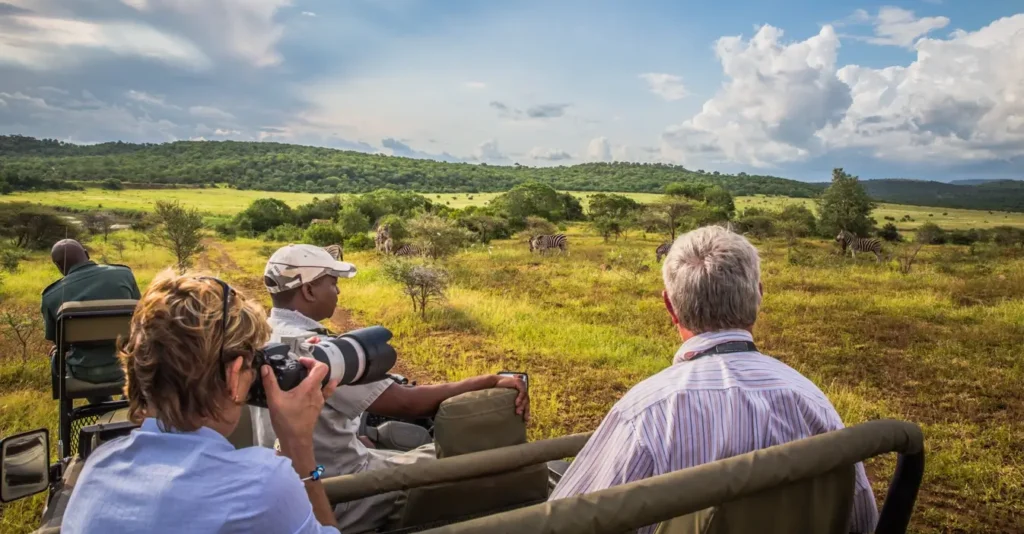
If you’re looking for a highly controlled, logistically simple safari, South Africa is hard to beat. Parks like Kruger offer good roads, malaria-free options, and well-developed lodges.
But there’s a trade-off.
Many of these parks are fenced. Some private reserves manage wildlife populations closely, creating a semi-curated experience. It’s efficient, yes—but sometimes feels less wild.
Self-drive safaris in South Africa are popular with beginners, though navigating game parks can feel transactional if you don’t research carefully. Botswana and Namibia offer more remote options but require more planning, and costs can escalate fast.
For travelers who want rawer, less-commercial encounters, Uganda’s parks may feel more alive.
Want to See the Big Five?
The Big Five—lion, leopard, elephant, buffalo, and rhino—has become a marketing anchor. But here’s the thing: this list was originally about the difficulty of hunting these animals, not their tourism value.
Some of Africa’s most extraordinary experiences fall outside that checklist.
Watching shoebills in the Mabamba Swamp, tracking chimpanzees in Kibale Forest, hiking to Murchison Falls, or trekking gorillas—these can leave a deeper imprint than ticking species off a list.
The Big Five can shape your route, but don’t let it narrow your thinking.
Related: What Are the Big Five and Where to Find Them in East Africa
How Safe Is a Safari for First-Timers?
The short answer? Safer than most people assume.
Reputable safari companies prioritize safety. Parks have strict wildlife encounter rules. And East Africa’s main safari regions are remarkably peaceful compared to the broad headlines that often blur the nuance of African geopolitics.
Of course, no travel is risk-free. Understanding park guidelines—like the gorilla trekking rules—matters. So does choosing a trusted operator who knows the terrain and can adapt plans if needed.
Solo travelers, families, and older adventurers regularly visit Uganda, Kenya, and Tanzania without issue.
Essential Considerations for First-Time Safari Planning
- Seasonality Matters: Dry seasons (typically June–September and December–February) offer easier wildlife spotting, but wet seasons have lush landscapes and fewer tourists. For gorillas, the best months are often June to August and December to February.
- Booking Windows: High-demand trips like gorilla trekking in Uganda can sell out months in advance. How far in advance should you book?
- Fitness Requirements: Some experiences—like mountain gorilla treks—require moderate fitness. See: Gorilla Trekking Fitness and Age Requirements
- Visas and Permits: Check the East African Tourist Visa Guide to streamline multi-country trips.
If you’re ready to start shaping your own safari, request a quote and we’ll help you build something that fits—no cookie-cutter packages, no pressure.
Frequently Asked Questions
What’s the best African safari for beginners?
Kenya and South Africa are popular for ease and infrastructure. Uganda offers a quieter, less crowded option with great wildlife diversity.
Do I need to join a group safari?
No. Private safaris are common and affordable in Uganda, especially for small groups or couples.
Is gorilla trekking safe for beginners?
Yes, with proper preparation. Expert guides and trackers ensure safety and respectful wildlife encounters.
Can I do a self-drive safari in Uganda?
Possible but challenging for first-timers. Guided safaris are strongly recommended for better access and safety.
How long should my first safari be?
At least 5–7 days to see multiple parks without rushing. See: 7 Days Uganda Wildlife Safari

